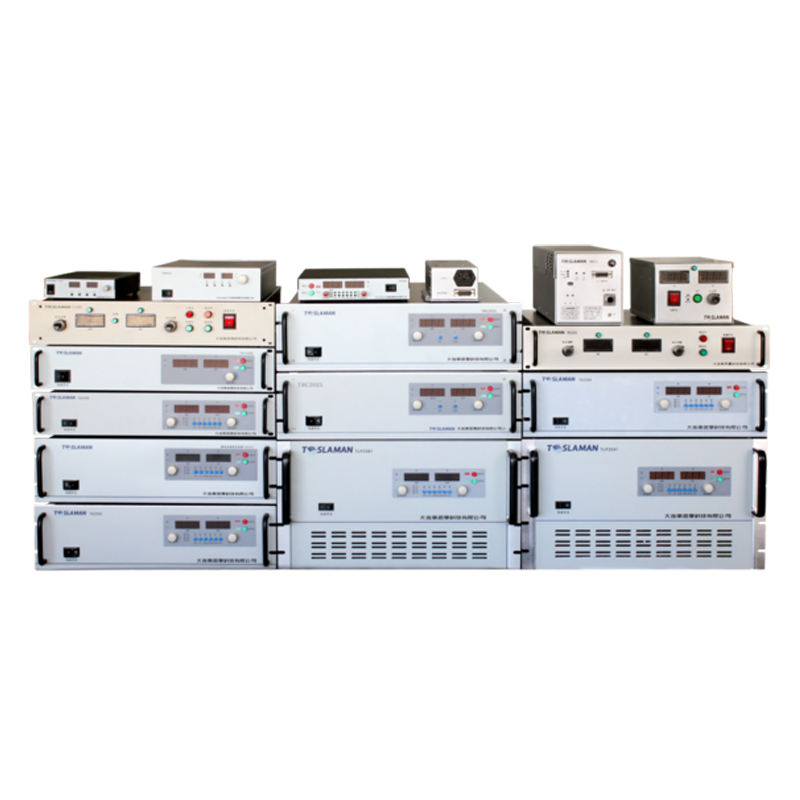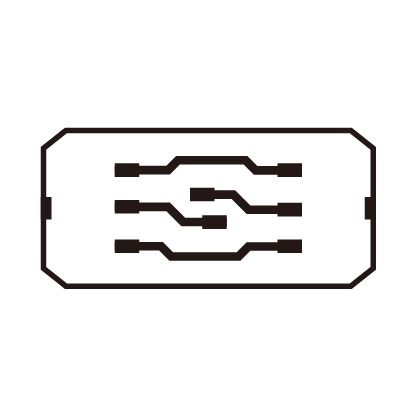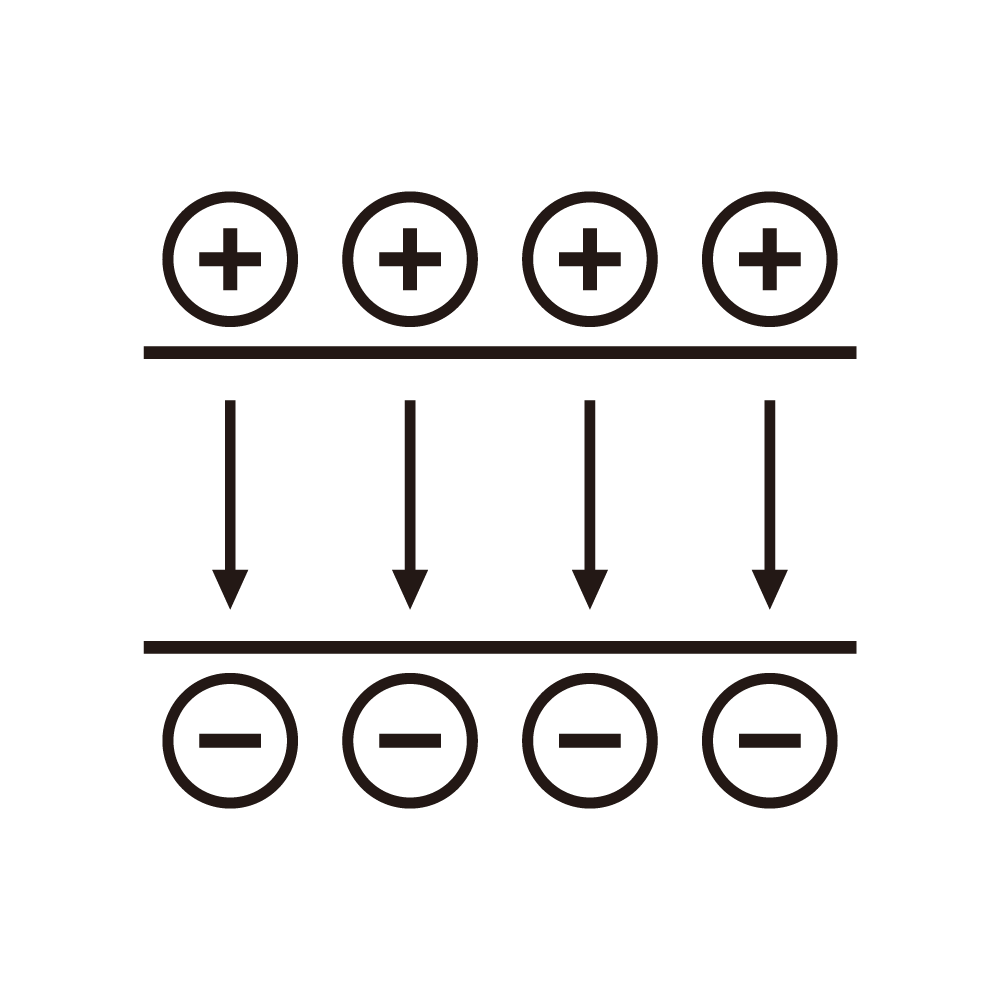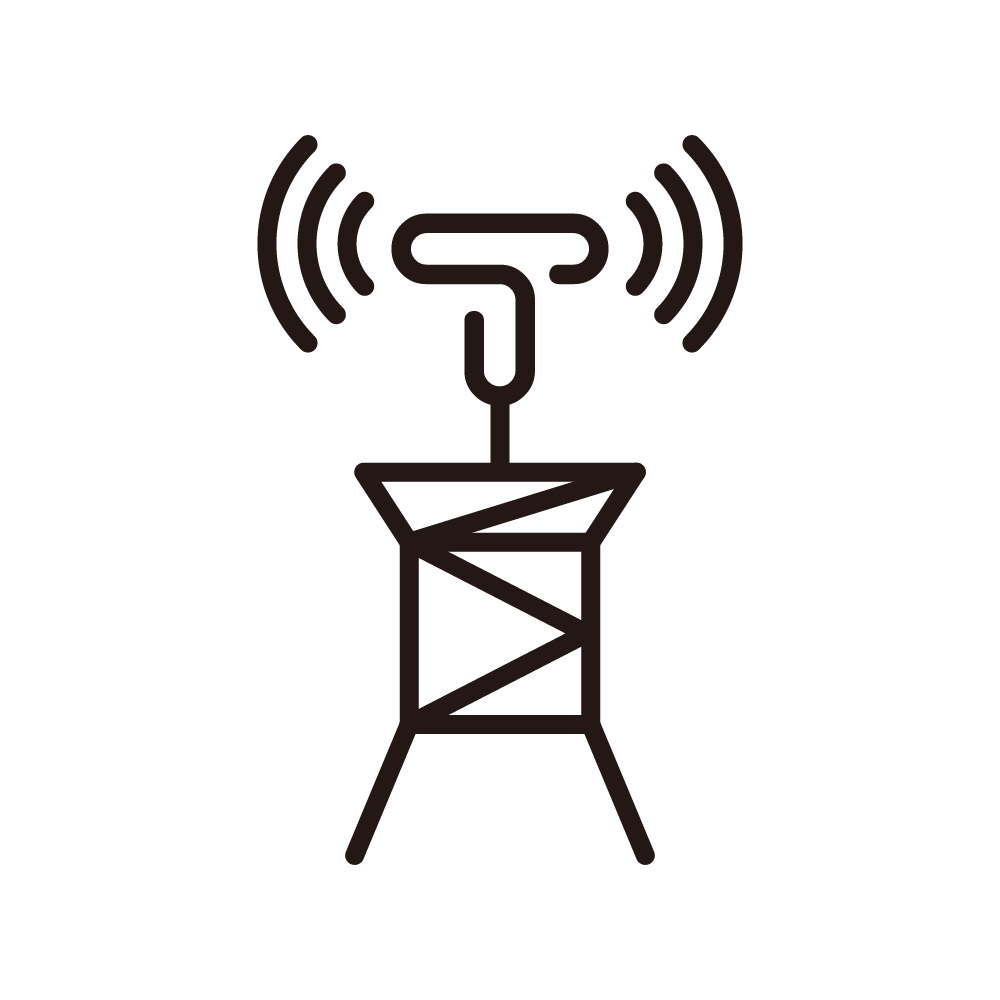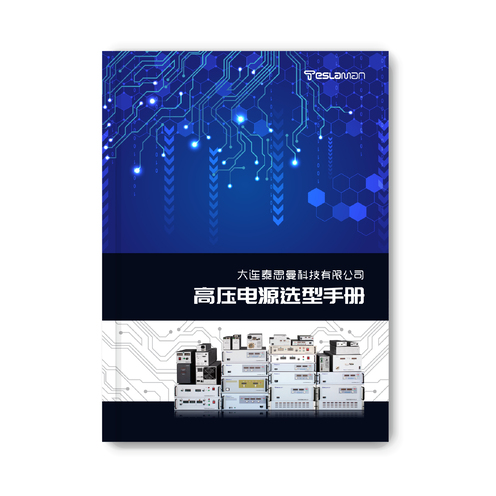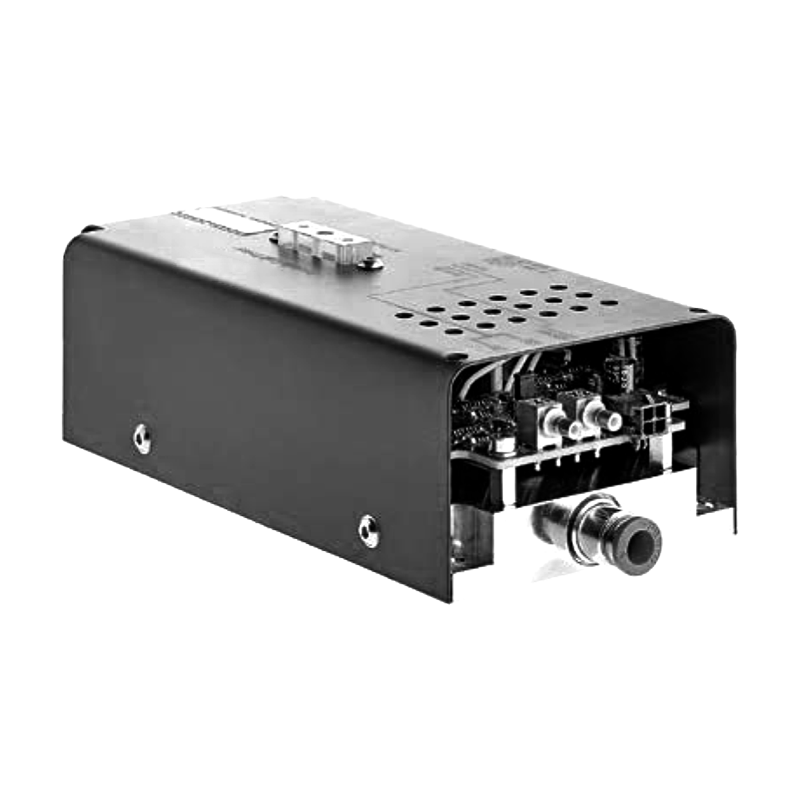Design and Applications of Capacitor Charging High-Voltage Power Supplies
Introduction
Capacitor charging high-voltage power supplies are specialized devices widely used in industries, scientific research, and medical fields. Their core function is to provide stable high-voltage output for energy storage capacitors, meeting the demands of specific application scenarios. With technological advancements, the design of capacitor charging high-voltage power supplies is gradually moving towards higher efficiency, miniaturization, and intelligence. This article explores the design and implementation of these power supplies from three aspects: design principles, key technologies, and practical applications.
1. Basic Principles of Capacitor Charging High-Voltage Power Supplies
The main task of a capacitor charging high-voltage power supply is to convert low-voltage DC or AC signals into high-voltage DC signals and store them in energy storage capacitors. This process typically includes the following key steps:
1. Rectification and Filtering
At the input stage, the power supply rectifies AC power into DC power. Subsequently, filtering circuits remove ripple interference to ensure smooth DC input for subsequent stages.
2. Voltage Boosting
Voltage boosting is the core part of the capacitor charging high-voltage power supply, primarily achieved through switch-mode power supply topologies such as push-pull, half-bridge, or full-bridge configurations. These topologies use high-frequency transformers to convert low voltage on the primary side into high voltage on the secondary side.
3. Voltage Regulation Control
To ensure output voltage stability, the system incorporates a closed-loop feedback mechanism. By sampling the output voltage and comparing it with the set value, the duty cycle of the PWM (Pulse Width Modulation) signal is dynamically adjusted to precisely control the output voltage.
4. Protection Measures
During operation, high-voltage power supplies may face risks such as overvoltage, overcurrent, or short circuits. Therefore, comprehensive protection circuits must be implemented. For example, fast fuses, current-limiting resistors, or software algorithms can monitor abnormal conditions and promptly cut off the power supply.
2. Key Technologies of Capacitor Charging High-Voltage Power Supplies
1. High-Efficiency Energy Conversion Technology
The efficiency of high-voltage power supplies directly impacts the system's energy consumption performance. Design optimization focuses on selecting power devices and managing heat dissipation. Using MOSFETs or IGBTs with low on-resistance as switching elements can effectively reduce losses. Additionally, proper layout of heat sources on the PCB, combined with air or liquid cooling methods, improves heat dissipation.
2. High-Frequency Transformer Design
Transformers are critical components in high-voltage power supplies, determining the overall output capability. When designing high-frequency transformers, factors such as core material, winding structure, and insulation level must be considered to balance volume, weight, and electrical performance.
3. Digital Control Technology
Modern capacitor charging high-voltage power supplies increasingly adopt digital control solutions, using microcontrollers or DSP chips to implement complex control algorithms. This not only enhances the system's response speed and precision but also facilitates integration with remote monitoring and fault diagnosis functions.
4. Electromagnetic Compatibility (EMC) Design
High-voltage power supplies generate significant electromagnetic interference (EMI) during operation, potentially affecting nearby equipment. Shielding, grounding, and filtering techniques are employed to ensure compliance with relevant standards.
3. Practical Applications of Capacitor Charging High-Voltage Power Supplies
1. Laser Drivers
Lasers are a classic application scenario for capacitor charging high-voltage power supplies. Flash lamps or semiconductor pump modules inside lasers require instantaneous release of large amounts of energy, which these power supplies reliably provide. By adjusting charging time and discharge rates, they can flexibly adapt to various laser requirements.
2. Particle Accelerators
In scientific research, particle accelerators rely on highly stable high-voltage power supplies to energize deflection magnets and acceleration cavities. Capacitor charging high-voltage power supplies, known for their repeatability and reliability, are indispensable components of such equipment.
3. Medical Imaging Equipment
Medical imaging devices like X-ray machines and CT scanners also depend on high-voltage power supplies. In these applications, capacitor charging high-voltage power supplies provide the necessary excitation voltage for X-ray tubes, enabling the generation of high-quality imaging data.
4. New Energy Storage Systems
In the renewable energy sector, capacitor charging high-voltage power supplies are widely used for testing supercapacitor banks. By simulating real-world charge-discharge curves, researchers can evaluate the performance parameters of energy storage systems and optimize them accordingly.
4. Future Development Trends
With technological progress, capacitor charging high-voltage power supplies are evolving in the following directions:
1. Modular Design
Modular architecture allows users to freely combine multiple units based on specific needs, simplifying installation and maintenance while enhancing system flexibility.
2. Green and Eco-Friendly Concepts
Reducing energy consumption and pollution has become an industry consensus. Future designs will focus more on improving energy efficiency and exploring the use of new eco-friendly materials.
3. Intelligent Operation and Maintenance
Smart high-voltage power supplies based on IoT technology can collect operational data in real time and analyze and predict issues via cloud platforms, helping users identify potential problems in advance.
Conclusion
As an important power electronics device, capacitor charging high-voltage power supplies play a crucial role in modern industrial and societal development. By delving into their design principles and technical challenges, we can continuously improve existing products to meet growing market demands. It is believed that in the near future, this high-performance power supply will demonstrate its unique value in more emerging fields.
